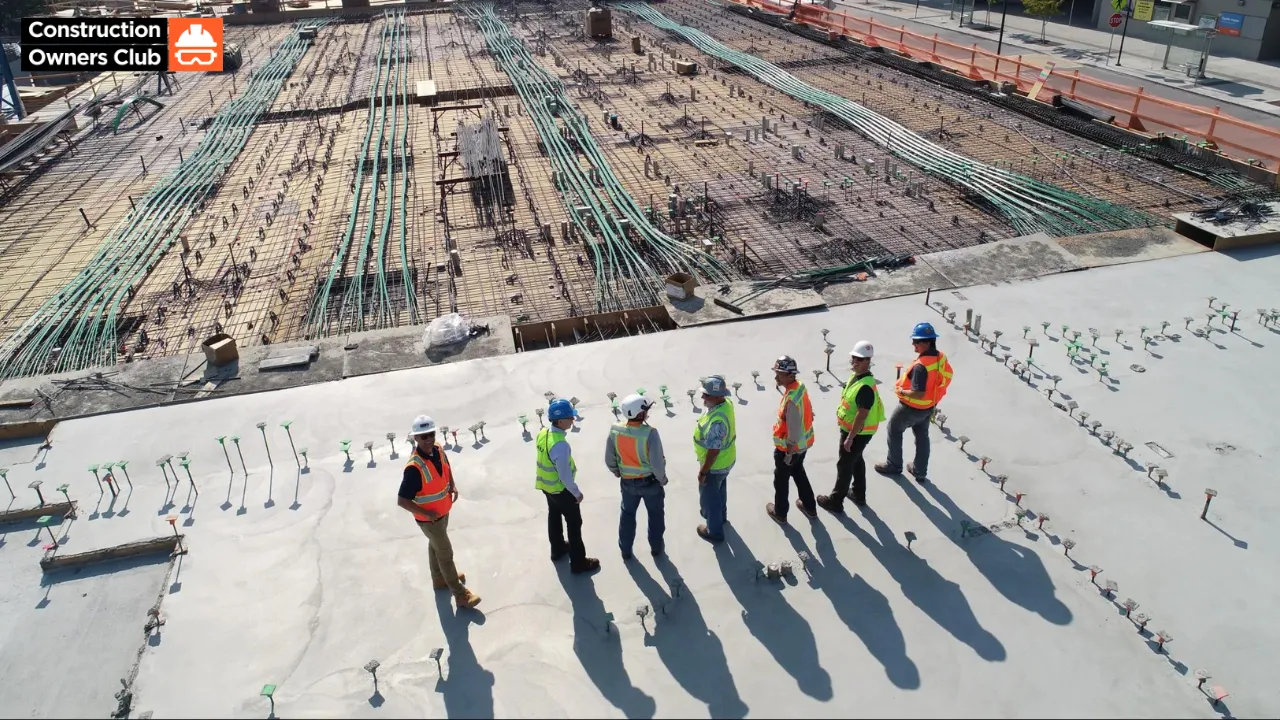The United States, while a domestic powerhouse, is far from immune to the global complexities that are reshaping the construction industry. From trade disputes to climate change, the geopolitical landscape is significantly impacting the nation's building sector. These factors are reshaping the industry's landscape, impacting everything from material sourcing to project timelines.
Material Sourcing Challenges
- Trade Disputes: The US's trade relations, particularly with China, have had a profound impact. Tariffs on steel, aluminum, and other construction materials have increased costs, leading to project delays and budget overruns.
- Domestic Material Shortages: While the US is a major producer of many construction materials, shortages of key components like lumber, copper, and semiconductors have become increasingly common due to various factors, including supply chain disruptions and natural disasters.
- Price Volatility: Fluctuations in material prices, driven by both domestic and global factors, create challenges for contractors in accurately estimating project costs and managing financial risks.
Project Timelines and Delays
- Labor Shortages: A combination of factors, including demographic changes, immigration policies, and the COVID-19 pandemic, has led to a shortage of skilled construction workers in the US. This labor crunch contributes to project delays and increased costs.
- Regulatory Hurdles: Complex and often changing building codes and environmental regulations can prolong the permitting and approval process, impacting project timelines.
- Natural Disasters: The increasing frequency and severity of natural disasters, from hurricanes to wildfires, disrupt construction activities, damage infrastructure, and lead to project delays.
Navigating the Geopolitical Landscape
To mitigate these challenges, US construction companies are adopting various strategies:
- Supply Chain Diversification: Reducing reliance on specific regions or suppliers can help insulate businesses from disruptions.
- Technology Adoption: Leveraging technology like building information modeling (BIM) and advanced construction management software can improve efficiency and reduce risks.
- Risk Management: Comprehensive risk assessment and mitigation plans are essential for addressing potential challenges.
- Labor Force Development: Investing in training and apprenticeship programs can help address the skilled labor shortage.
- Policy Advocacy: Engaging with policymakers to advocate for industry-friendly regulations is crucial.
The Impact of Climate Change on the US Construction Industry
Climate change is emerging as one of the most significant geopolitical challenges of our time, and its implications for the construction industry are profound.
Extreme Weather Events
- Increased Construction Costs: Natural disasters such as hurricanes, wildfires, and floods cause billions of dollars in damages each year. Rebuilding efforts drive up material costs and labor shortages, impacting the overall cost of construction projects.
- Project Delays: Extreme weather events can disrupt construction schedules, leading to delays and cost overruns. For example, hurricanes can halt construction for weeks or even months.
- Infrastructure Resilience: The need for building more resilient infrastructure is growing. This requires innovative design, materials, and construction techniques, increasing project complexities and costs.
Regulatory Landscape
- Building Codes and Standards: To address climate change risks, building codes and standards are evolving. This can lead to increased project costs and complexities as builders adapt to new requirements.
- Insurance Costs: The rising frequency and severity of climate-related disasters are driving up insurance costs for construction projects, affecting project profitability.
Opportunities for Innovation
While climate change presents significant challenges, it also offers opportunities for innovation and growth. The construction industry can play a vital role in developing sustainable solutions, such as:
- Green Building: Building energy-efficient and environmentally friendly structures can reduce carbon emissions and create new business opportunities.
- Climate Adaptation: Designing and building infrastructure to withstand the impacts of climate change can create demand for new products and services.
- Disaster Recovery: The construction industry can play a crucial role in rebuilding communities after natural disasters.
The US construction industry is undoubtedly facing a complex and dynamic environment. By understanding the geopolitical factors at play and implementing effective strategies, companies can increase their resilience and navigate these challenges successfully.
